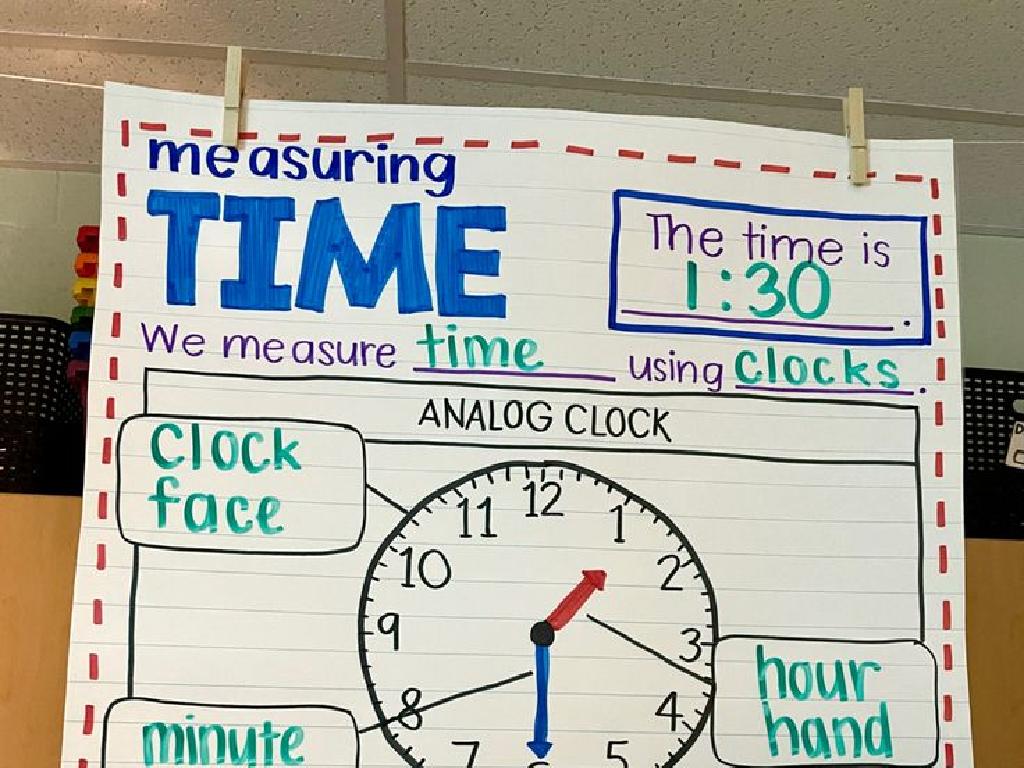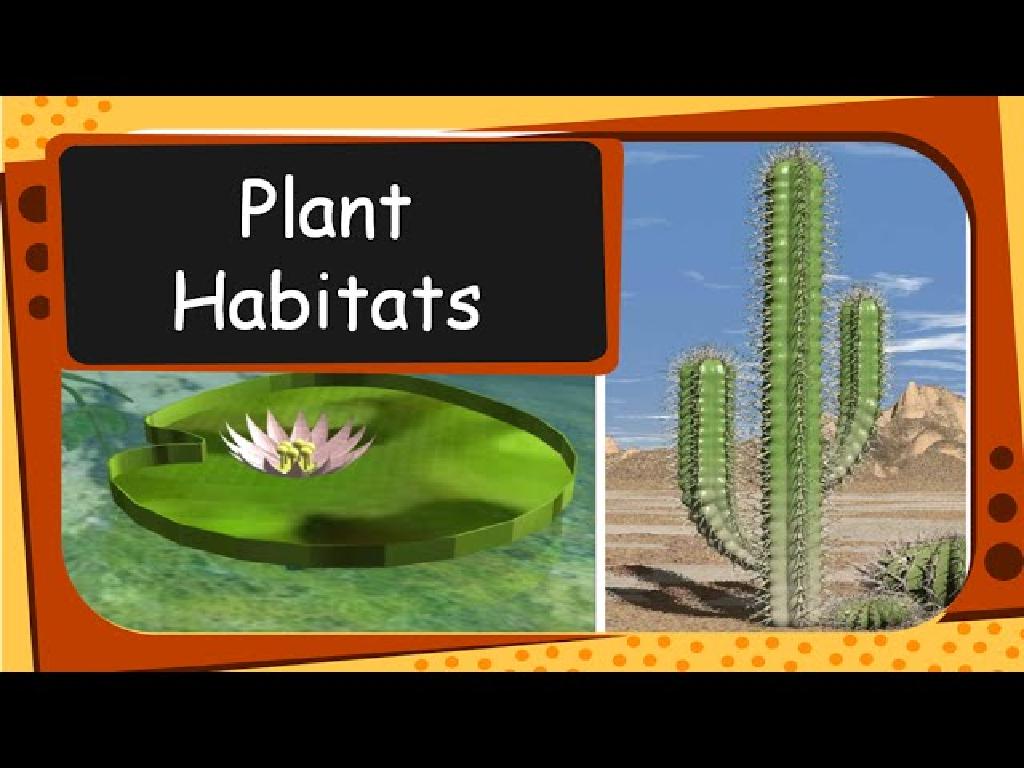Identify Urban, Suburban, And Rural Areas
Subject: Social studies
Grade: Third grade
Topic: Geography
Please LOG IN to download the presentation. Access is available to registered users only.
View More Content
Exploring Community Types
– Learn about community types
– Discuss known area types
– Share what you know about cities, towns, and countryside
– Explore urban areas
– Urban areas are busy cities with lots of buildings and people
– Discover suburban and rural areas
– Suburban areas are quieter, near cities; rural areas are in the countryside with farms and nature
|
This slide introduces the concept of different community types to third-grade students. Begin by engaging them with a question about the types of areas they are familiar with to activate prior knowledge. Explain that urban areas are typically densely populated cities with tall buildings, lots of businesses, and public transportation. Suburban areas are usually residential zones outside of urban areas with single-family homes, parks, and schools. Rural areas are open spaces that can include farms and forests, with fewer people and buildings. Use this slide to set the stage for a deeper discussion and exploration of each type of community, encouraging students to think about their own community and where it fits in these categories.
Exploring Urban Areas
– Urban areas, also called cities
– Large, densely populated areas with many activities
– Characterized by busyness
– Streets are often bustling with people and vehicles
– Have many buildings and people
– Skyscrapers, apartments, and businesses are common
– Examples: NYC, LA, Chicago
– New York City, Los Angeles, and Chicago are famous urban areas
|
This slide introduces students to the concept of urban areas, which are more commonly known as cities. Emphasize the characteristics of urban areas, such as their large population, the presence of many buildings, and the busy nature of city life. Provide familiar examples of cities to help students connect the concept to real-world places. Discuss the types of buildings they might find in a city, like tall skyscrapers, and the variety of people and jobs that make up the urban environment. Encourage students to think about any cities they’ve visited or seen in pictures and what made those places different from where they live.
Exploring Urban Areas
– Urban areas have tall buildings
– Skyscrapers and apartment complexes
– Crowded streets with shops and restaurants
– Bustling with people and city life
– Many places to work and play
– Offices, theaters, parks, and museums
– Public transportation available
– Buses, subways, and taxis help people get around
|
This slide introduces students to the characteristics of urban areas. Emphasize the density of both population and structures, such as skyscrapers and apartment buildings, which are common in cities. Discuss the variety of amenities available, including shopping centers, restaurants, and entertainment venues. Highlight the presence of numerous employment opportunities and the importance of public transportation systems in supporting the daily commute of residents. Use pictures or videos of cities to provide visual context. Encourage students to think of cities they’ve visited or seen in media and what characteristics they remember.
Exploring Suburban Areas
– Suburban areas explained
– Communities located near cities
– Features of suburban areas
– Homes with yards, parks, and schools nearby
– Daily life in the suburbs
– Many residents commute to cities for work
– Connection to urban areas
|
This slide introduces students to the concept of suburban areas, which are residential zones located on the outskirts of a city. Suburban areas typically feature individual houses with yards, which provide more space for families. These areas also have community parks and local schools that cater to the residents. It’s common for people living in the suburbs to travel to nearby cities for their jobs, which is known as commuting. Use this slide to discuss the differences between urban, suburban, and rural living environments, and how they are all interconnected. Encourage students to think about their own community and identify if they live in an urban, suburban, or rural area.
Characteristics of Suburban Areas
– Suburban homes have more space
– Yards for playing and gardening
– Schools and parks are nearby
– Great places to learn and play
– Less crowded than cities
– Easier to move around than in busy cities
– More populated than rural areas
– More neighbors and stores than in the countryside
|
This slide aims to help students understand the unique characteristics of suburban areas, which are typically residential regions located on the outskirts of a city. Suburban homes often have larger yards compared to urban apartments. Schools and parks are commonly found in these areas, providing a community feel. Suburbs are less densely populated than cities, offering more space and less congestion. However, they have more people and amenities than rural areas, which are more isolated. Encourage students to think about their own neighborhoods and whether they have similar characteristics to suburban areas. Ask them to imagine the differences in daily life between urban, suburban, and rural settings.
Exploring Rural Areas
– Rural areas: countryside locations
– Rural areas are places away from cities, often peaceful with lots of nature.
– Characterized by open spaces
– These areas have fields, forests, and maybe a few houses spread out.
– Fewer buildings and people
– Unlike cities, rural areas have low population density and fewer structures.
– Farms and nature are prominent
– Agriculture is common, and natural landscapes are conserved.
|
This slide introduces students to the concept of rural areas, emphasizing their location in the countryside, the abundance of open spaces, and the lower concentration of buildings and people compared to urban areas. Highlight the significance of farms and nature, which are key elements of rural life. Encourage students to think about the differences between rural and urban living, such as the types of jobs people might have, the recreational activities available, and the pace of life. Use imagery or stories to help them visualize rural settings. Discuss why rural areas are important for agriculture and preserving natural habitats.
Characteristics of Rural Areas
– Abundance of land and open spaces
– Farms with crops and livestock
– Places where our food comes from
– Limited services and shops
– Scarce public transportation
– Fewer buses and trains than cities
|
This slide aims to help students understand the key characteristics that define rural areas. Emphasize the vastness of land and the presence of nature, which contrasts with the urban environment they may be more familiar with. Discuss how rural areas are crucial for agriculture, being the source of the food they eat and the animals they may see on farms. Highlight the limited availability of services like shopping centers and public transportation, which can be a stark difference from urban settings. Encourage students to think about the pros and cons of living in such an area and how it might feel different from their own experiences.
Comparing Urban, Suburban, and Rural Areas
– Compare population sizes
– Urban areas have more people, suburban fewer, rural the least.
– Different types of buildings
– Skyscrapers in cities, houses in suburbs, farms in countryside.
– Amount of open space
– Cities have parks, suburbs have yards, rural areas have wide open land.
– Similarities and differences
|
This slide aims to help students understand the characteristics that define urban, suburban, and rural areas. Discuss the population density of each area, with urban areas being the most densely populated and rural the least. Highlight the types of buildings found in each, such as tall buildings and apartments in urban areas, single-family homes in suburbs, and farms or large lands in rural areas. Emphasize the amount of open space available, which is scarce in cities but abundant in rural areas. Encourage students to think about what they might see in each area and how these factors contribute to the lifestyle of the residents. This comparison will help students grasp the concept of geography in relation to human settlements.
Class Activity: Build Your Community!
– Split into groups for model making
– Create an urban, suburban, or rural area
– Use craft materials for construction
– Present and explain your community model
– Discuss the characteristics that define your area type
|
In this engaging class activity, students will work in small groups to construct a model of an urban, suburban, or rural community using various craft materials provided. This hands-on project helps students to visualize and understand the differences between these types of communities. Teachers should guide the students to think about the characteristics of each area, such as building density, types of homes, and presence of services for urban areas; less crowded, family-oriented environments for suburban; and open spaces, farms, or forests for rural. After the construction phase, each group will present their model to the class and explain the elements that make their model urban, suburban, or rural. Possible activities for different groups could include focusing on transportation, housing, or community services specific to their assigned community type.






